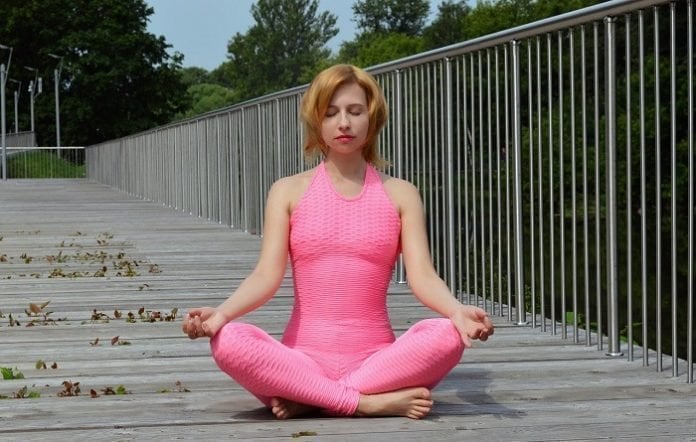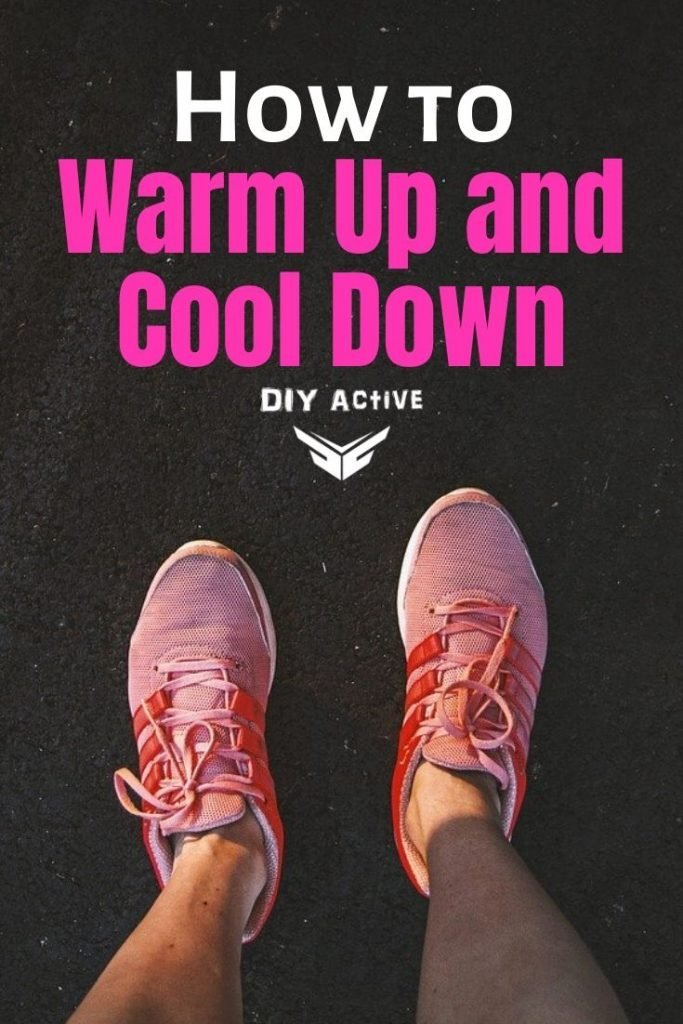
How to Warm Up and Cool Down
Today, we’re going to be talking about the importance of the Warm-Up and Cool Down.
Warm-Up and Cool Down
There are many folks that do not see value in either of these essential things. However, I am here to tell you that adding at least 5-10 minutes of a warm-up and cool down for every workout will improve your performance and keep your body in equilibrium.
Below is a comprehensive list of benefits one can gain from religiously practicing warming up and cooling down.
Benefits of Warm-Ups
- Increased range of motion
- Reduced risk of injury
- Increased flexibility
- Increased stamina/endurance
- Better depth during exercise
- Heightened mind/body awareness
- Increased blood flow
- Reduced stiffness of the body
- Potential ability to lift heavier (due to muscles being adequately warmed up)
- Increased mindfulness during workouts
- Improved cardiorespiratory system
- Avoids sudden shocks to the body
- Increased sustainability for working out
 Benefits Of Cool Downs
Benefits Of Cool Downs
- Increased equilibrium of the body
- Reduced stiffness/adhesions in the body
- Reduced soreness and tightness
- Reduced risk of injury
- Increased flexibility
- Improved range of motion post-workout
- Avoids sudden shocks to the body
- Increased sustainability for future workouts
This is especially for folks that have rigorous workout routines or are professional athletes/bodybuilders, it’s very important to find time to warm up and cool down the body. This will help keep your body running like a well-oiled machine for the long term.
Types Of Warm-Ups
There are many different ways to warm up. It really depends on your body, program, existing medical conditions, fitness level, and past/existing injuries.
Below are some warm-up ideas. If you are unsure of what type of warm-up is right for you, please consult a medical and/or fitness professional. Please note a combo of these can be used when warming up as well.
- Foam rolling
- Walking/jogging/running
- Spinning
- Dynamic stretching (stretches that involve fluid movement)
- Plyometrics-burpees, ice skaters, plank jumps, star jumps, etc
- Doing the first set or circuit at a lighter weight/intensity/speed/rep range
- Band work- please see my recent article on resistance band exercises
Types of Cool Downs
Like warm-ups, cool downs should also be individualized and can involve a combo of things. One could also do similar things for a warm-up and cool down. The two do have some overlap.
- Foam rolling
- Static stretching (the type of stretching where you hold a stretch for usually 15-30 seconds)
- Walking/jogging/running/spinning-when using cardio to cool down go down in intensity and speed as you get closer to the end of your cool down
- Doing the last circuit or set at a decreased intensity/speed/weight/rep range
- Resistance band exercises
It’s okay to practice warm-up and cool-down exercises in between sets such as walking on a treadmill or dynamic stretching. Always listen to what your body needs. Active recovery is very important when it comes to exercise.
Again, always do what’s best for you and your body. If at any point cardio or any other movement becomes too much and you become out of breath, simply take a few minutes to walk around the room with your hands behind your head.
This will help to open your air passageways and should help to slow your breathing back to a normal pace.
Definitely hydrate throughout your workout as well. This will help minimize the chance of this occurring.
Wrap-Up
I hope this has given everyone some helpful tips on how to effectively warm-up and cool down. As always, please feel free to reach out to me via email ([email protected]).
Thanks for reading and stay tuned!
- Split Workout Routines: What Are They and Why Do Them? - January 14, 2024
- Practical Tips for Sticking To Your New Year’s Fitness Goals - January 10, 2023
- At Home Ab Workout: Why Work Out the Core? - March 3, 2022
 Benefits Of Cool Downs
Benefits Of Cool Downs

